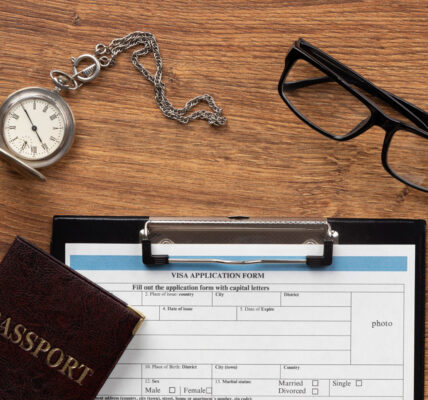The date of Romania’s and Bulgaria’s land-based Schengen admission will be determined after March 31
The Council of the European Union has disclosed that the decision to allow Romania and Bulgaria to join the Schengen Area on land will not be taken until after March 31, 2024, when air and sea border checks will no longer exist. The decision by the Member States to allow these two nations to gradually join Schengen was applauded by the Council.
The Council emphasized in a statement issued on December 30 that the elimination of air and sea border controls for Bulgaria and Romania would be consistent with the International Air Transport Association’s (IATA) winter/summer timetable adjustment.
The European Union Commission stressed that a realistic timeline is anticipated for the determination of the date for the possible abolition of land border controls. Additionally, the Commission declared that the successful pilot programs that Bulgaria and Romania built at their exterior borders will be converted into a more formal arrangement. The EU will continue to provide significant financial support and Frontex assistance to ensure efficient border supervision with non-EU nations.
According to Fernando Grande-Marlaska Gómez, the interior minister of Spain, the region of free movement is strengthened by the EU’s decision to permit these two nations’ gradual admission to Schengen.
Since 2011, Bulgaria and Romania have been prepared to enter the Schengen Area, according to the EU Commission, which has maintained this position repeatedly in the last few years.
The Schengen Area was first created in 1985 by France, Germany, Belgium, the Netherlands, and Luxembourg. This will be the seventh expansion of the area. The Schengen Area, which covers four million square kilometers and is home to roughly 420 million people, is currently made up of 27 member countries.
Tagged:BulgariaRomaniaSchengen
The Council emphasized in a statement issued on December 30 that the elimination of air and sea border controls for Bulgaria and Romania would be consistent with the International Air Transport Association’s (IATA) winter/summer timetable adjustment.
The European Union Commission stressed that a realistic timeline is anticipated for the determination of the date for the possible abolition of land border controls. Additionally, the Commission declared that the successful pilot programs that Bulgaria and Romania built at their exterior borders will be converted into a more formal arrangement. The EU will continue to provide significant financial support and Frontex assistance to ensure efficient border supervision with non-EU nations.
According to Fernando Grande-Marlaska Gómez, the interior minister of Spain, the region of free movement is strengthened by the EU’s decision to permit these two nations’ gradual admission to Schengen.
Since 2011, Bulgaria and Romania have been prepared to enter the Schengen Area, according to the EU Commission, which has maintained this position repeatedly in the last few years.
The Schengen Area was first created in 1985 by France, Germany, Belgium, the Netherlands, and Luxembourg. This will be the seventh expansion of the area. The Schengen Area, which covers four million square kilometers and is home to roughly 420 million people, is currently made up of 27 member countries.





